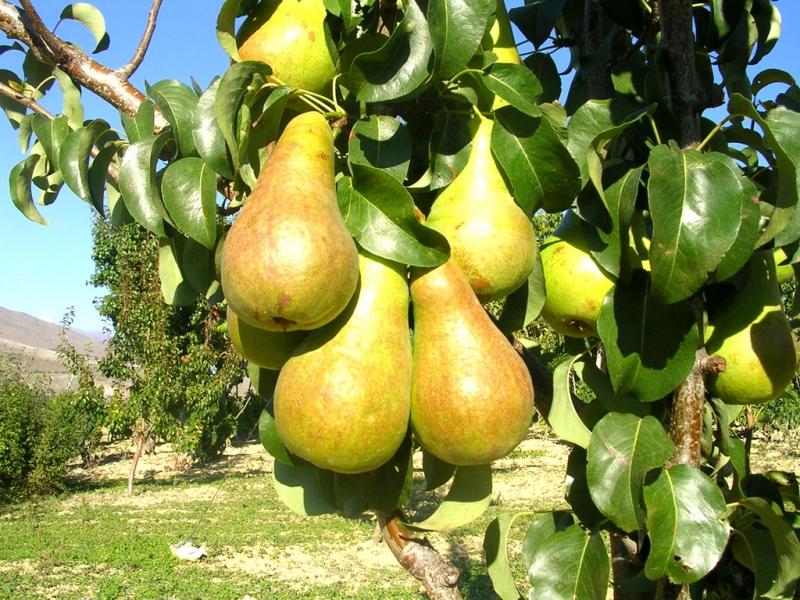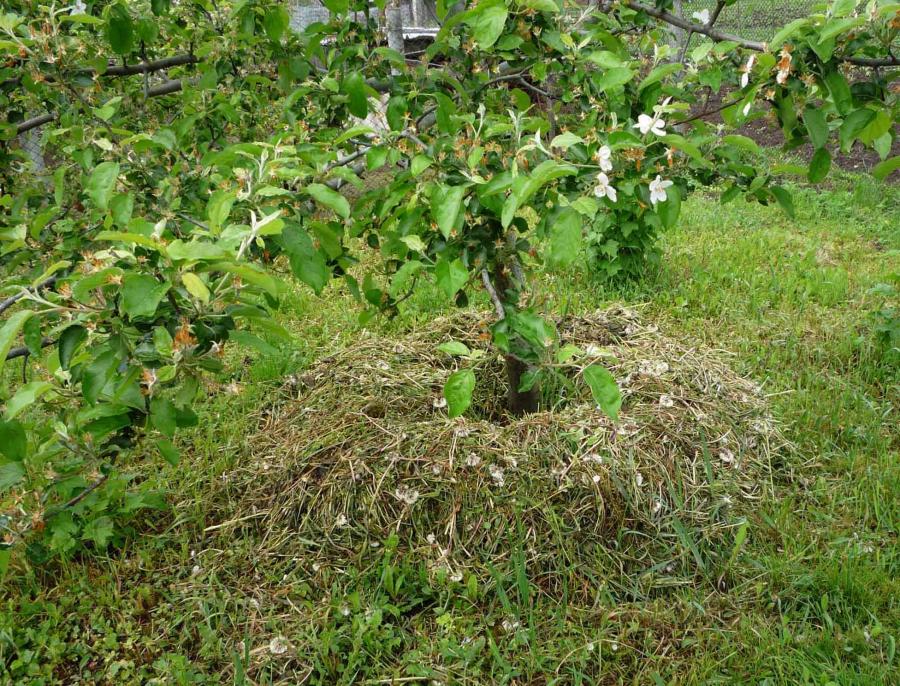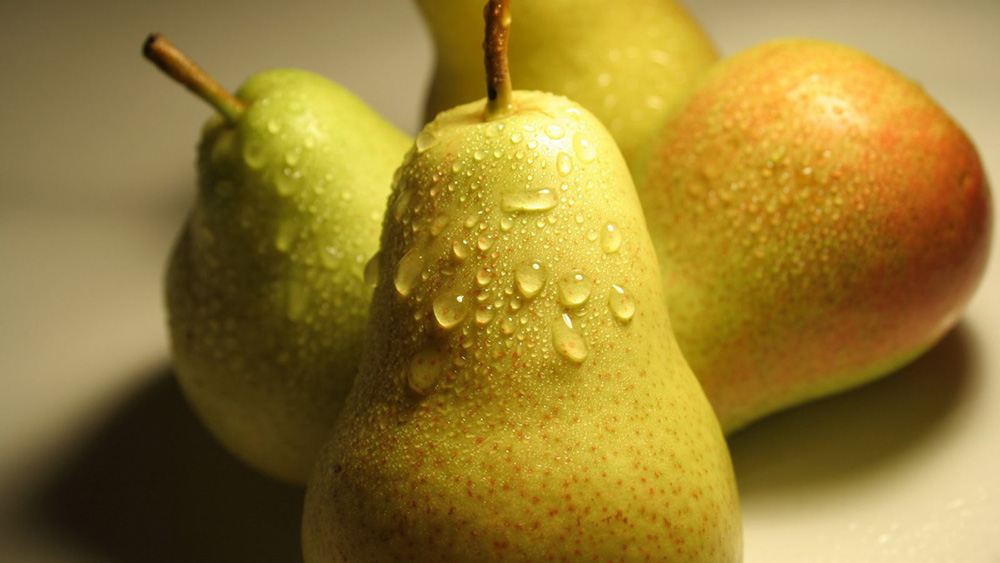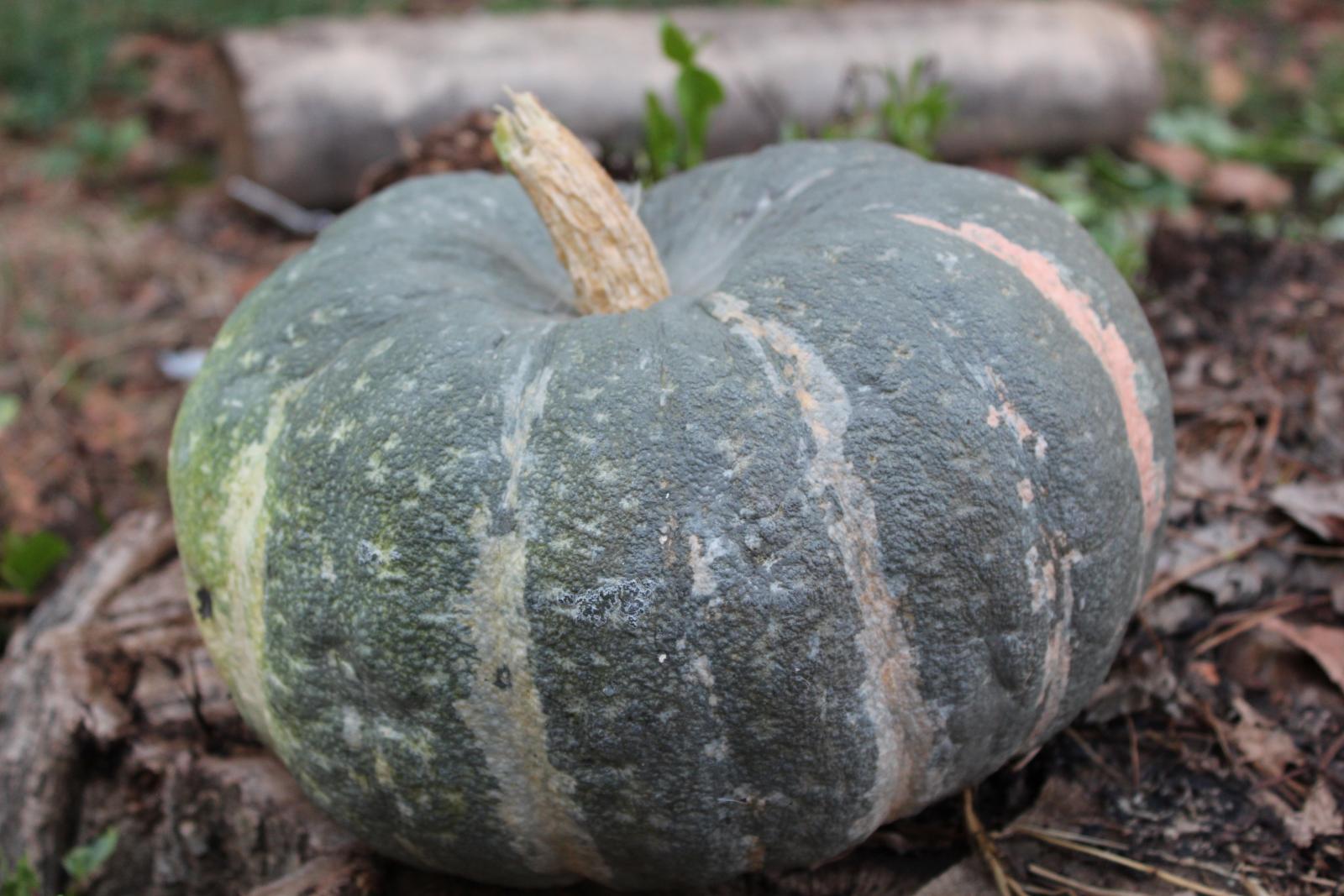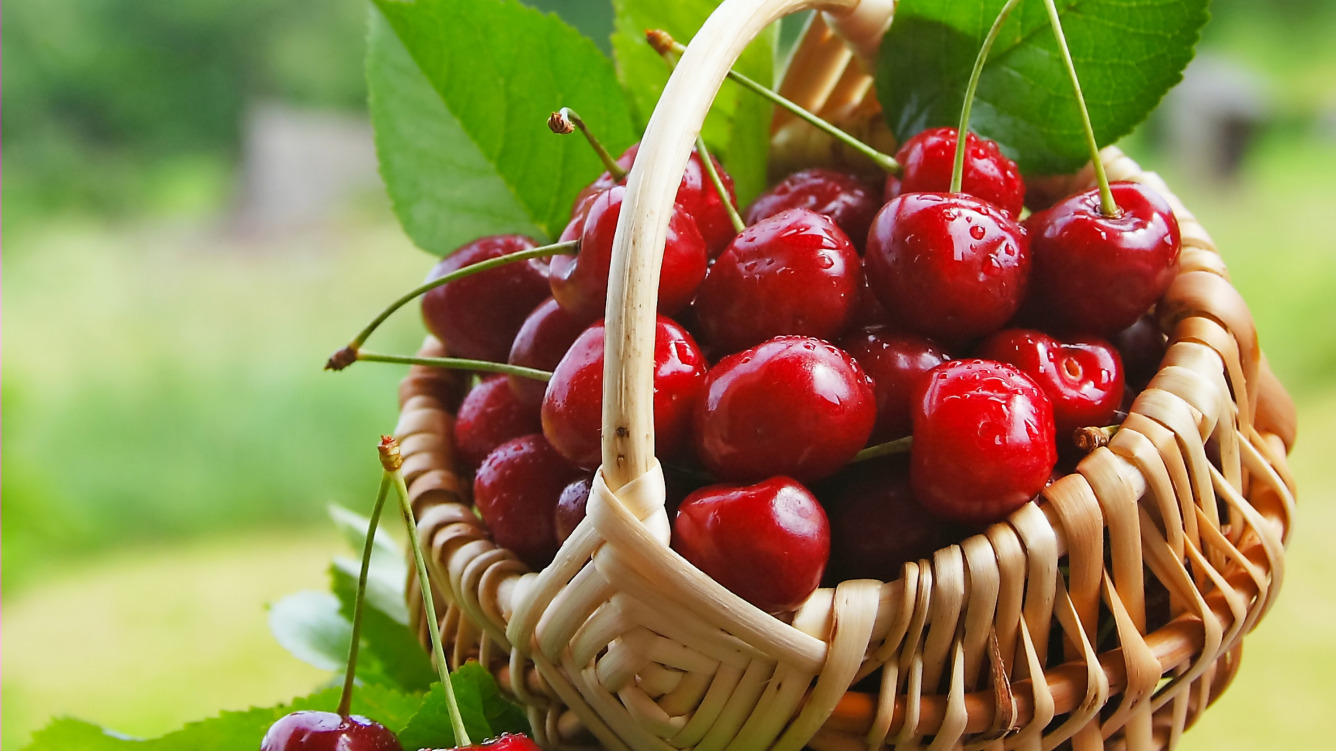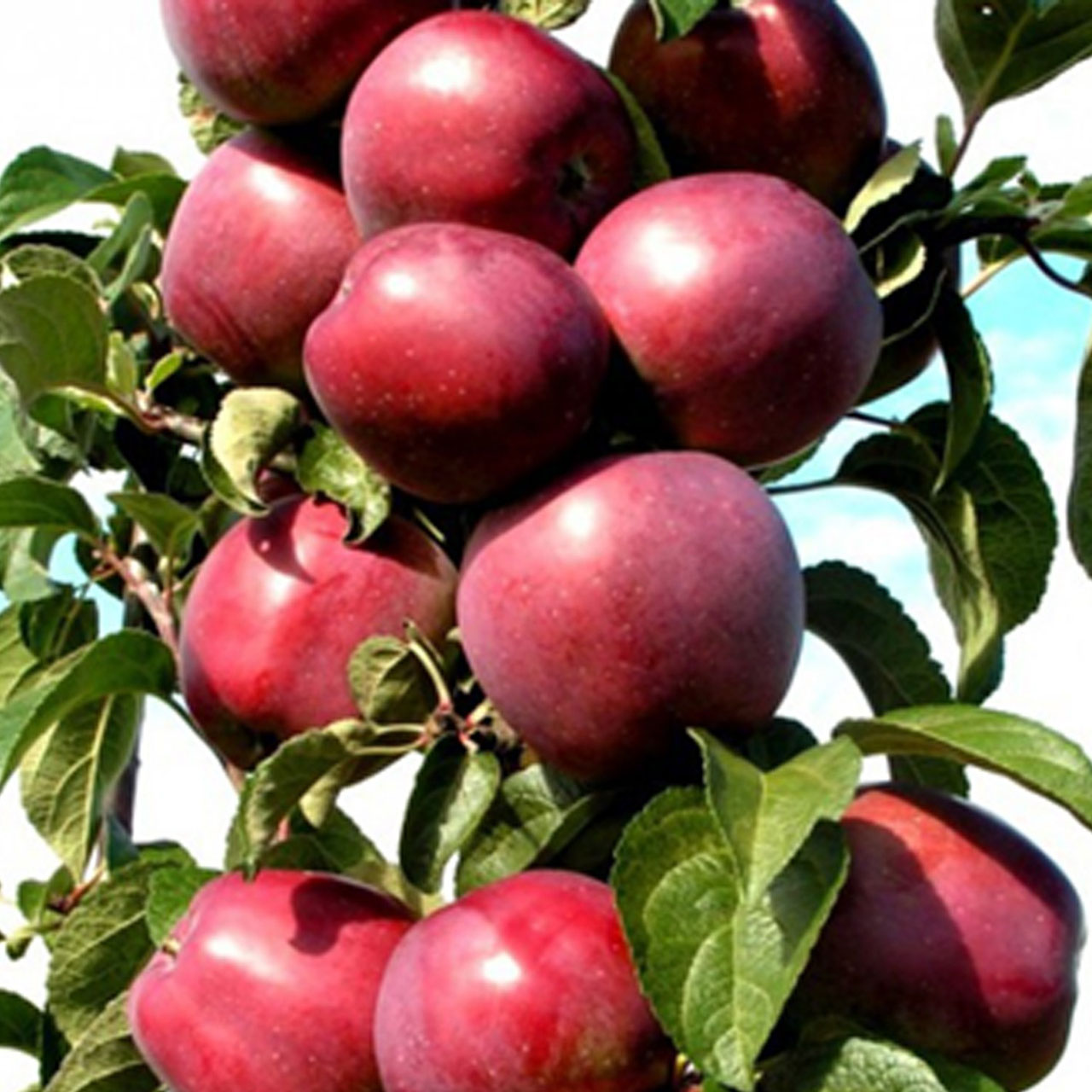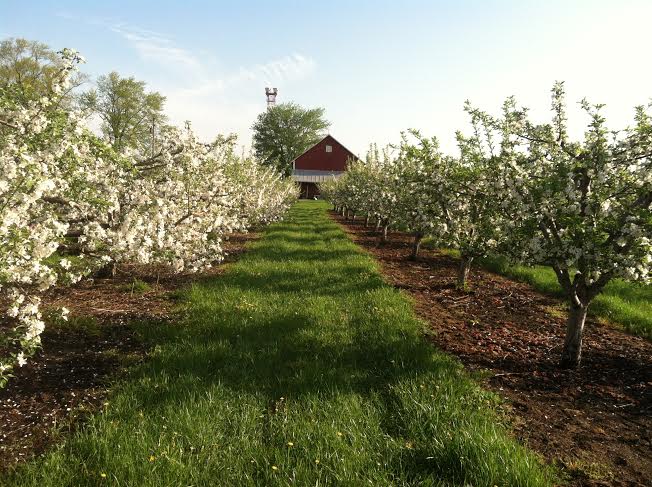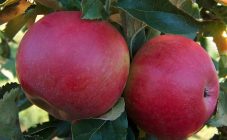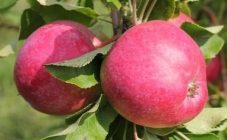Content:
The pear variety Beurre Bosc, zoned for almost all regions of Russia, is considered one of the oldest. It was bred in France in the 18th century, as a variety of an older predecessor. The name was given in honor of the French scientist biologist Louis-Augustin Bosc d'Antique. Today the variety is grown all over the world, and in Russia it has been on state testing since 1947. There are other commonly used names: Bere Apremon and Bere Alexander, and for the shape of the fruit, the variety is sometimes called Bottle or Bere Royal pear.
Pear Bere Bosk: characteristic of the variety
With a good choice of a place for planting, seedlings start growing very quickly and literally in a few years reach a height of 3 m or more. Winter hardiness is low. Responding to a good soil composition, the tree can reach truly gigantic sizes, giving a bountiful harvest every year. For this, it is highly valued in many countries, preferring many other varieties.
Long geniculate branches form a loose asymmetrical crown, which has a conditionally pyramidal character. On thick grayish-brown shoots, ringlets and spears are formed, on which flowers bloom first, and then single fruits or their clusters ripen. The foliage is dense, deep green in color, on short petioles, shaped like an egg.
Flowering - in spring in April or early May, depending on weather conditions. Usually, the tree blooms when the threat of frost has completely passed. Flowering is always very abundant. The variety is bee-pollinated. To achieve maximum yield, it is advisable to plant several trees side by side. Flowers are collected in inflorescences of 10-20 flowers, of which from 1 to 6-7 fruits are formed.
Fruits, as they ripen, reach a maximum weight of up to 250 g. However, the bulk of the crop is still slightly smaller - up to 180 g.
The differences between different trees in the form of fruits are quite large, which is always indicated in the description. The pear can have a more flattened or, on the contrary, elongated shape. But the skin in all cases is thin with a slight roughness, without gloss.
The ripe fruit is bright yellow with rusty spots. The thick peduncle is long, curved. The seed chamber of a pear has a bulbous shape with partitions, in which there are on average 6-7 seeds with a brown skin. The pulp of the pear is juicy, watery, sweet, with a slight almond flavor. The pear aroma is bright and lasts for the entire shelf life.
Bere Bosc pears are harvested in the first decade of September. In this case, the collection is done from trees manually. Even wormy fruits do not fall off on their own, holding tightly to the branches despite the strong wind. Pears are harvested at a time, but the ripeness in the bulk is heterogeneous. It is recommended to eat the harvested crop a couple of weeks after harvest. In a cellar, the maximum storage time is up to 40 days, after which the pears lose their taste. The table variety is well suited for any processing: drying, canning. Transportability is good.
Growing
The agrotechnology of growing Bosco pears is not very complicated, so the return on investment in this variety is very high.
Landing
The optimal time for planting is autumn. This approach reduces the waiting time for the first harvest by one year. The optimal site should be well lit and protected from the wind.
The optimal planting pattern is 5 × 5 m. Pits are dug 1 × 1 m and 70 cm deep (or even more) about 2 weeks before the expected planting date. The removed soil is mixed with a large amount of humus or rotted manure. Then a mound of the prepared soil mixture is poured in the pit, on which the seedling is placed, carefully straightening its roots. A peg is stuck nearby, to which a tree is necessarily tied.
As the pit falls asleep, the earth is watered, achieving its natural compaction. An earthen roller is formed around the trunk, which will prevent water from spreading during watering. In the first year, it is optimal to pour 2 buckets of water under the tree every time. In arid regions, the soil is covered with a layer of mulch to retain moisture.
Care
The gardener should pay special attention to watering the trees. In most cases, it is enough to do it once a week. 2-3 years after planting, you can limit yourself to monthly abundant watering. Water directly from a well or well is poorly suited, it is better to use settled in an open barrel, providing gentle care.
Fertilizers for pears Bere Bosk are selected depending on the composition of the soil. In the first year, when a large amount of organic matter is introduced into the planting pit, you can completely abandon fertilizing. Next, potash and phosphorus mineral fertilizers are applied, and mullein solutions are also used. Siderates such as burdock and nettle are considered excellent neighbors, which can enrich the soil with nutrients valuable for pears.
With regard to pruning, the following simple rules are observed:
- The formation of the crown of a pear is carried out twice a year: in spring and autumn. Formative pruning is performed in autumn, and sanitary pruning in spring.
- When pruning branches in the autumn, they try to give the crown a symmetrical shape by shortening too long branches.
- Young growth in the near-stem circle is removed, as it serves as an excellent shelter for wintering parasites.
- The lowest branches are not cut off, allowing them to grow to any width.
- When cutting off large branches, it is advisable to process the cuts with a special putty.
Small-sized trees for the winter are wrapped with agrofibre completely. At a more mature age, only the trunks are insulated, wrapping them with cardboard or any other heat-insulating material.
Diseases and pests
The pear is loved by many pests common in the Black Earth Region and other regions. Each year you will need to do the following:
- Thoroughly inspect each tree for any affected areas.
- Perform the first preventive spraying before the buds bloom, then again during flowering, and the third time 2-3 weeks before harvest.
The detected foci of damage to the tree by diseases are carefully cleaned, and the cut branches, bark, leaves are only burned. In autumn, the fallen foliage of a pear should not be left under the trees, as many insects nest in it. If there is nowhere to put all the leaves, then they should be buried in the soil, which will lead to the death of most pests. In autumn, after leaf fall, pear trunks are carefully treated with whitewash, to which fungicides must be added.
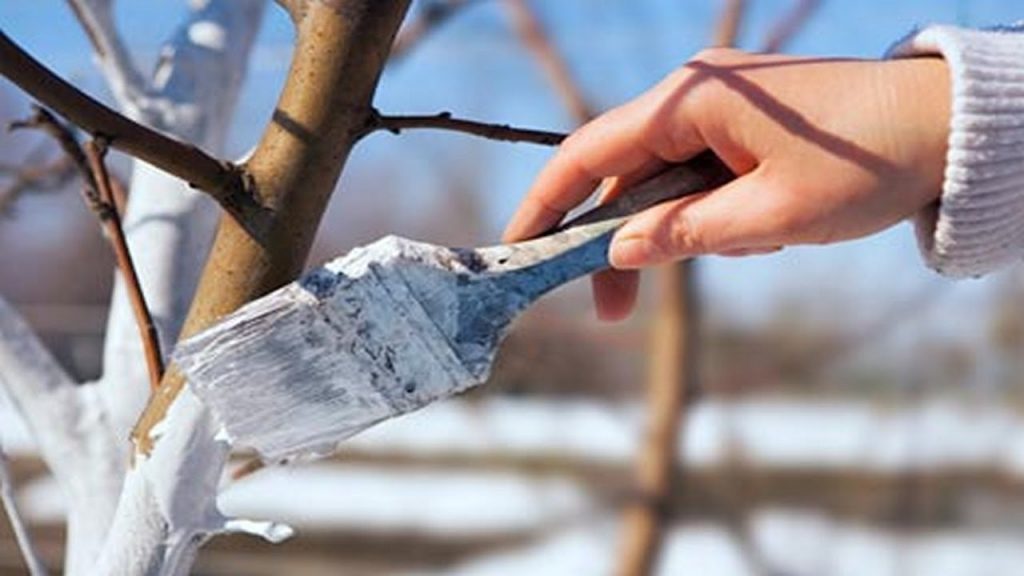
In autumn, after leaf fall, pear trunks are carefully treated with whitewash, to which fungicides must be added
Advantages and disadvantages
The high rating of the Bere Bosk variety is well deserved:
- High rate of crown growth.
- Large fruits with high palatability.
- Resistance to damage by pests and diseases.
- The yield does not drop with age.
- The fruits are firmly attached to the branches, not crumbling from the wind.
- Keeping quality.
Among the disadvantages:
- It is necessary to regularly renew (rejuvenate) the crown.
- Low frost resistance.
- Low drought tolerance.
- Spreading crown requiring a large gap in a uniform fit.
The choice in favor of the Bosk variety has been made by thousands of gardeners on all continents. The reason is simple: the tree has been stable for many decades from year to year, it gives an excellent harvest of pears, requiring a minimum of maintenance, and even in its absence.
